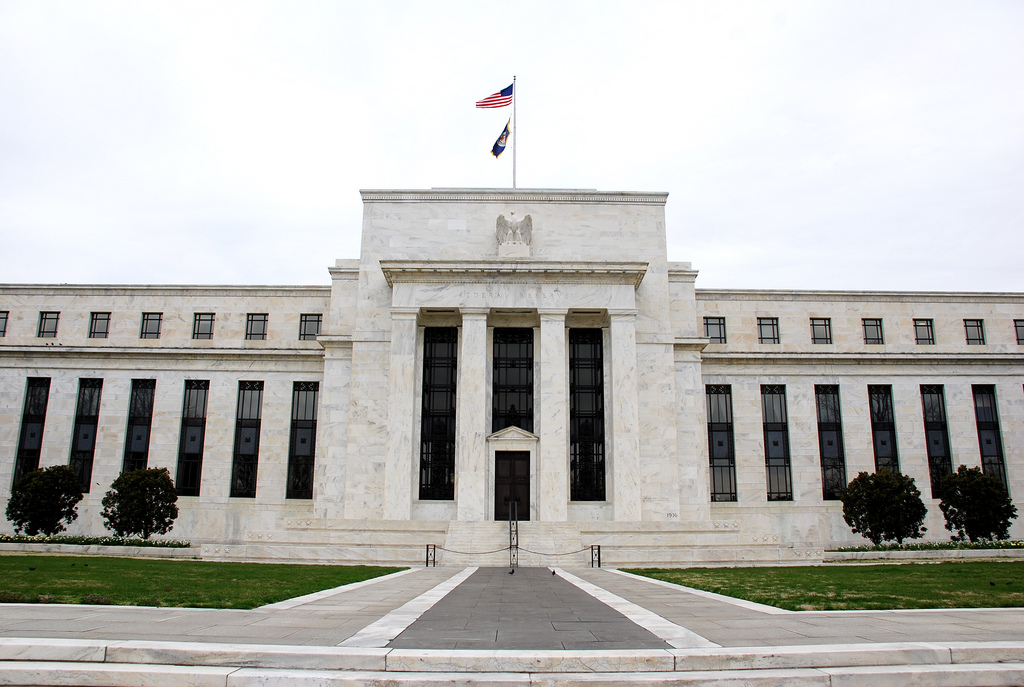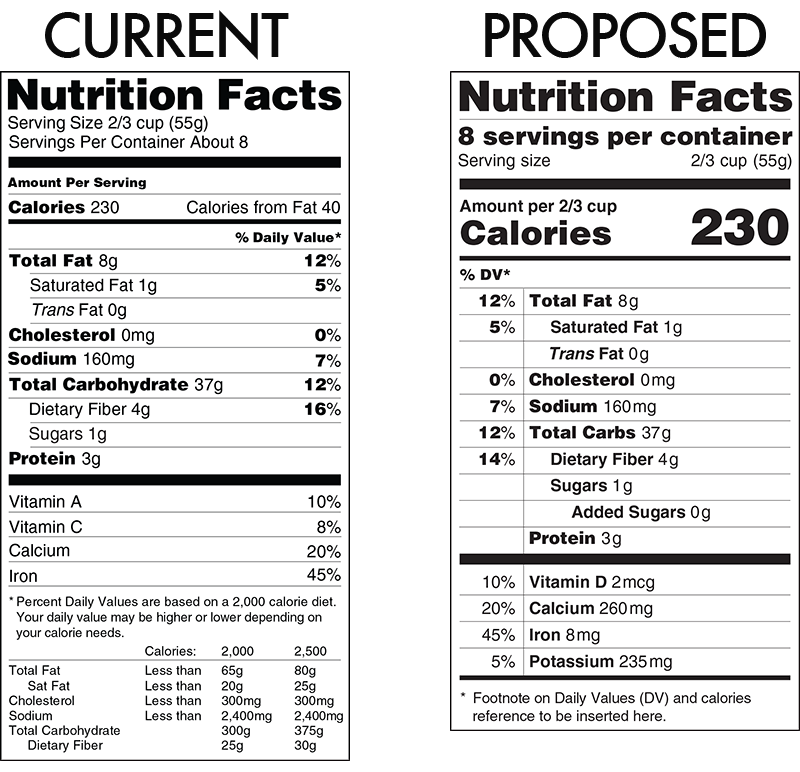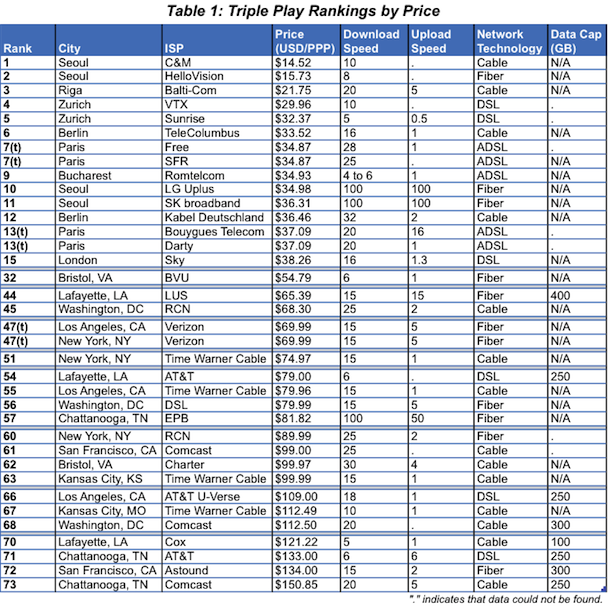Well, 2016 sure has been a year. From exploding phones to “glitches” that grounded thousands of flights to the ever-increasing, ever-depressing mountain of student loan debt. Let’s not forget bankrupt and shuttered retailers and restaurants, growing resistance to antibiotics, and the continuing opioid epidemic. Before we flip the calendar to 2017, let’s have our annual look at some of the numbers behind the year we’re finally leaving behind. [More]
by the numbers

50 Breaches In Four Years: Federal Reserve Cybersecurity Incidents By The Numbers
Cyber criminals seem intent on trying to crack open the Federal Reserve, at least according to a recent analysis of records that show the agency was the target of dozens of cyber breaches over a four-year period. [More]

2014: By The Numbers
2014 was a record-setting year in an enormous variety of ways, both good and bad. As we wrap up and head into 2015, here’s a look at what happened, and what we learned, in the 2014 that was. [More]

FDA’s New Nutrition Label Emphasizes Calories, Serving Size, Added Sugars
Earlier today, the FDA finally got around to unveiling the first major change to food nutrition labels in two decades. The new-look label contains mostly the same information as the current version, but with the addition of “added sugars” data, the loss of “calories from fat,” and more emphasis on total calories per serving and servings per container. [More]

U.S. Consumers Paying More, Getting Less For Internet Than Europe & Asia
While numerous telecoms in Europe and Asia are acknowledging that it’s becoming cheaper and easier to provide TV and high-speed Internet service to consumers, many U.S. providers are continuing to charge high prices for a mediocre product, according to a new report from the New America Foundation’s Open Technology Institute. [More]



